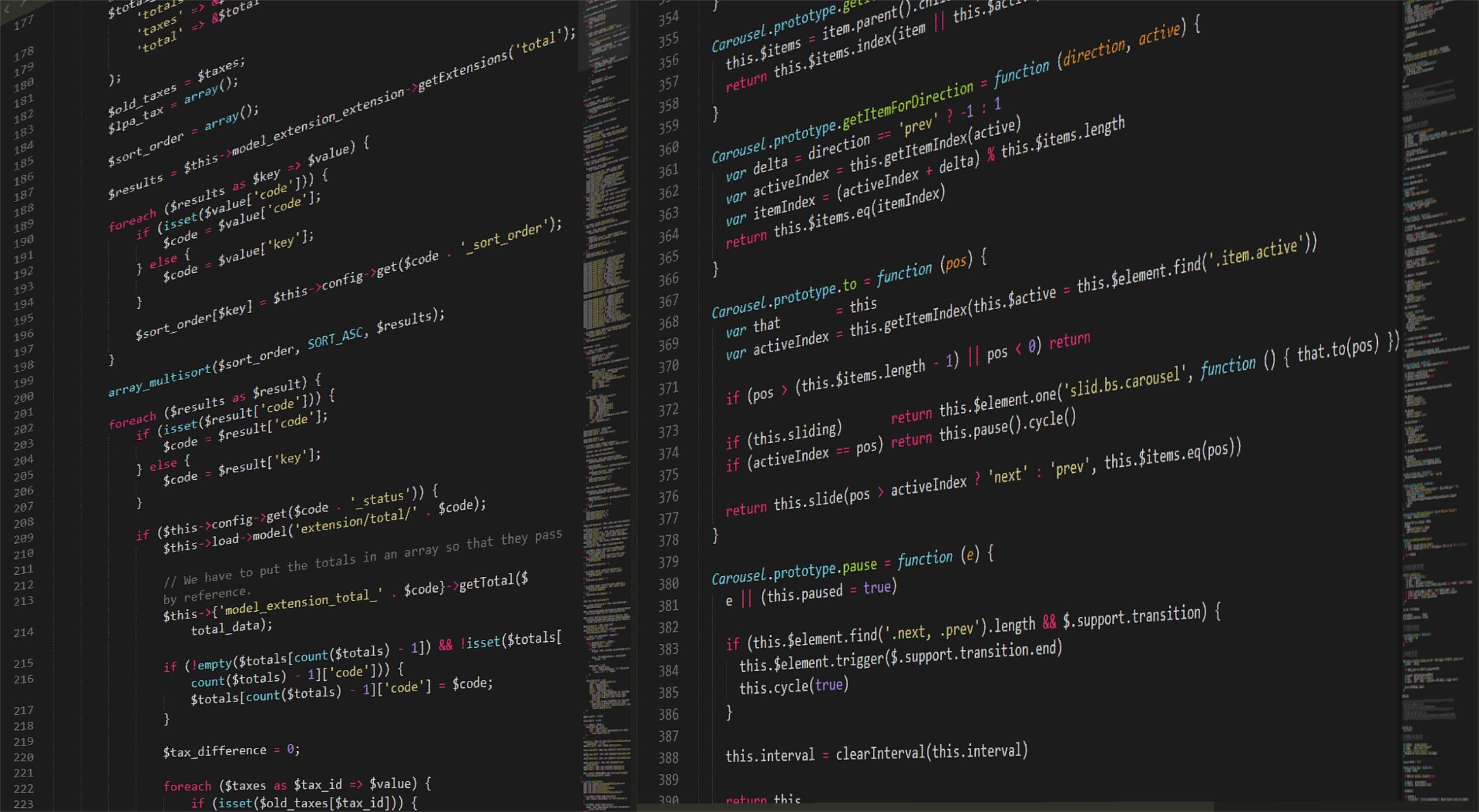Is your code secure? Why not to use Code Obfuscation
Introduction
- Obfuscation is a practice use to make something difficult to understand and readable. It prevents code to reverse engineering, takes well engineered code and makes it difficult for an attacker to understand.
- It transform the programming code into different version, which is syntactically different but semantically the same.
- After code obfuscation program still return’s the same result as original program only the implementation of program differs from the original one.
- In one line it’s a technique for securing software.

How can you protect your app with code obfuscation?
- Obfuscation is one of the secure coding practices recommended by OWASP, it still isn’t that popular among many developers. The main reason for this is that when overused, code obfuscation can harm software performance.
- But if we’re talking about, say, a mobile banking app, the importance of securing a user’s bank account data is high enough to justify spending additional time and effort on balanced code hardening.
If you want to obfuscate code in the most effective way, here are some things to consider:
- Before obfuscating your code, you should decide which parts of your code can be obfuscated. Avoid obfuscating performance-critical code. Also, make sure obfuscation doesn’t affect software functionality in any way.
- Pay attention to the size and performance of the obfuscated code. When hardening a large piece of code, the execution time may increase up to 1,000 times.
- Add opaque predicates to the obfuscated code to make it impossible to understand where the code execution will go. Make the control flow graph look like a state machine execution rather than linear code execution.
- To create a layered defense, combine several transformation techniques. The more obfuscation techniques you use, the better your code will be protected.
- Use code obfuscation only as an additional layer of security, as it can’t substitute other security practices.
- When properly implemented, code obfuscation is an effective solution for protecting your software against unauthorized analysis. It isn’t a silver bullet, but it will significantly complicate attempts to exploit and compromise your software.
How code obfuscation works?
- Obfuscation practice allow programmer to harden application code by transforming it to hide implicit values and conceal logic. It makes harder for an unauthorized third party to look under the hood of your software.
Should you Obfuscate your Code?
The answer is: Yes, Code obfuscation, it transform a program into a piece of code which is very difficult to understand but keeps the original functionality intact.
Reverse engineering of your code and cyber criminals are the reason enough to obfuscate the software code.
A strong binary-level obfuscation, with advantages accruing to program performance due to code minification, are strong enough reasons for implementing a strategic code obfuscation. This shield safeguards the app from tampering, detects reverse engineering attempts, and protects critical data from pilferage.
It is a best practice to write a optimize code and apply the multi – level security to it so any sensitive and business critical code should not be hacked or used by any third party.
Most common techniques which transform the normal code into obfuscate code.
- Rename Obfuscation.
- Data Obfuscation.
- Aggregation Obfuscation
- Storage Obfuscation
- Ordering obfuscation
- String encryption
- Control/Code Flow Obfuscation
- Debug Obfuscation
- Custom Encoding
- Automatic code optimization
- Code and data virtualization
- Homomorphic encryption
- Resource encryption and compression
- Assemblies merging and embedding
- XML documentation filter.
References
- https://www.forbes.com/sites/forbestechcouncil/2020/08/28/code-obfuscation-as-a-method-of-software-protection/
Add Comment
You must be logged in to post a comment.








Prince Verma
A great way to enhance security in software. Good Research Ankit 🙂